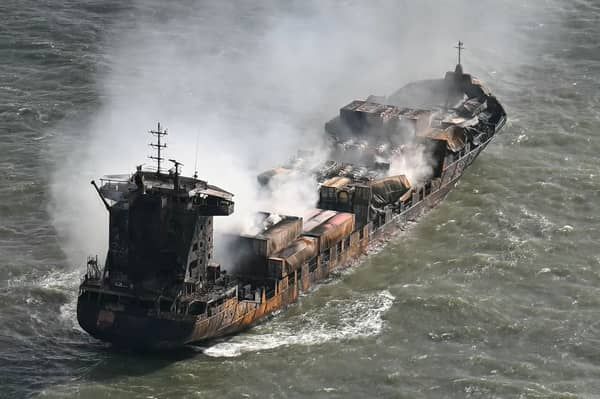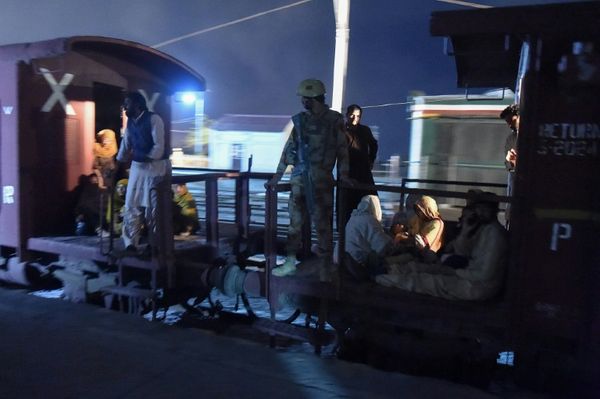For those curious about the history behind the naming of a subway and a road in Chennai after J.W. Madeley, the answer lies in the quaint, red-brick building treasured amid tall trees on New Avadi Road.
The busy arterial road houses the sprawling green campus of Kilpauk Water Works, Tamil Nadu’s first water treatment plant. Nearly 108 years old and still sturdy, the British-era plant remains the backbone of the treated water supply system in the State capital. A plaque at the entrance of the building stands testimony to the evolution of the city’s protected water supply system.
It carries the name of the then Governor of Madras, H.E. Lord Penland, who inaugurated the premises on December 17, 1914, and J.W. Madeley, the then special engineer of Madras Municipal Corporation, who pioneered the design for the organised drinking water system.
The Kilpauk Water Works is a landmark symbolising the pioneering work done by many engineers — be it James Fraser, who identified the Kosasthalaiyar river for Chennai water supply, or J.A. Jones, who was responsible for water supply from the Red Hills reservoir. Chennai’s long water history can be traced to the 1860s when picotah buckets were used to draw water from wells dug at Bethanayakanpet near Vallalar Nagar or Mint. Water was delivered through iron pipes until 1872 when a system was formulated for organised water distribution from the reservoirs.
The Kilpauk Water Works, spread over nearly 66 acres, is home to many firsts. The masonry shaft, a red bowl-like masonry structure on the Kilpauk campus, is preserved to tell the tales of the first system to store water from the Red Hills reservoir and supply to George Town and the central parts of the city through iron pipes without any treatment. The shaft was used from 1872 to 1914 to convey water received through a 10-km open earthen canal from the Red Hills reservoir.
A large part of the distribution network created in the past century is intact, and Chennai continues to rely on the British-era infrastructure. The oldest conduit line built with brick masonry replacing earthen channel in 1914 still travels 12 km, bringing water from Red Hills to Kilpauk. The second and third conduit lines were added in 1955 and 1986 respectively; some portions remain encroached. Chennai Metrowater is building a twin concrete channel in place of the third line that collapsed a decade ago.
The heritage structure, which has a capacity to treat 270 million litres a day (mld), has memorabilia of the past treatment and pumping systems, including sand filter structures and rooms that had boilers feeding steam-powered pumps. A 177-foot chimney branching out from the rear of the main building is yet another monument. Madeley is said to have even stayed in the guesthouse on the premises to oversee the construction of the plant, which was completed in 1914. He had designed the network for a population of 6.6 lakh in 1961. But improvements had to be done by 1936 itself, according to Metrowater officials.
Inside the main building is the 5 KV HT pump house, which was the earliest to be installed in 1936. “We are still operating the three pumps for up to 10 hours daily. It is used to pump nearly 50 mld of water,” says an official.
Pointing to the rolling shutter door at the pump house, the official says the facility from London is still in use. The manufacturer’s name embossed on it reads, ‘S.W. Francis and Co. Ltd., Grays Inn Road’.
The campus has name boards jutting out of the surface, indicating the pipelines criss-crossing underneath, pumping water to different areas even up to Triplicane and north Chennai. As the name boards suggest, water is transported to various headworks, including Anna Poonga, and to areas such as Shenoy Nagar, Perambur, Chetpet, ICF, city hospitals and Chennai Port Trust.
The water treatment plant has added more buildings, pump houses and a storage tank painted in red to resemble the historic structures. It has constantly adopted the latest technologies to meet the needs of the burgeoning metropolis. It now supplies about 220 mld to 25 lakh people. The next step is to add flow meters and form a grid by interlinking the distribution network to monitor the volume and quality of supply.
Water museum
The newest and befitting addition to the building is the upcoming museum that provides a glimpse into a fascinating history of water supply and treatment. The photo exhibition has rare pictures, including a sketch of the proposed Kilpauk Water Works. Besides interactive kiosks and touch screen panels with animated videos on water and sewer facilities, visitors could enjoy a virtual tour of reservoirs and other plants through VR module.







